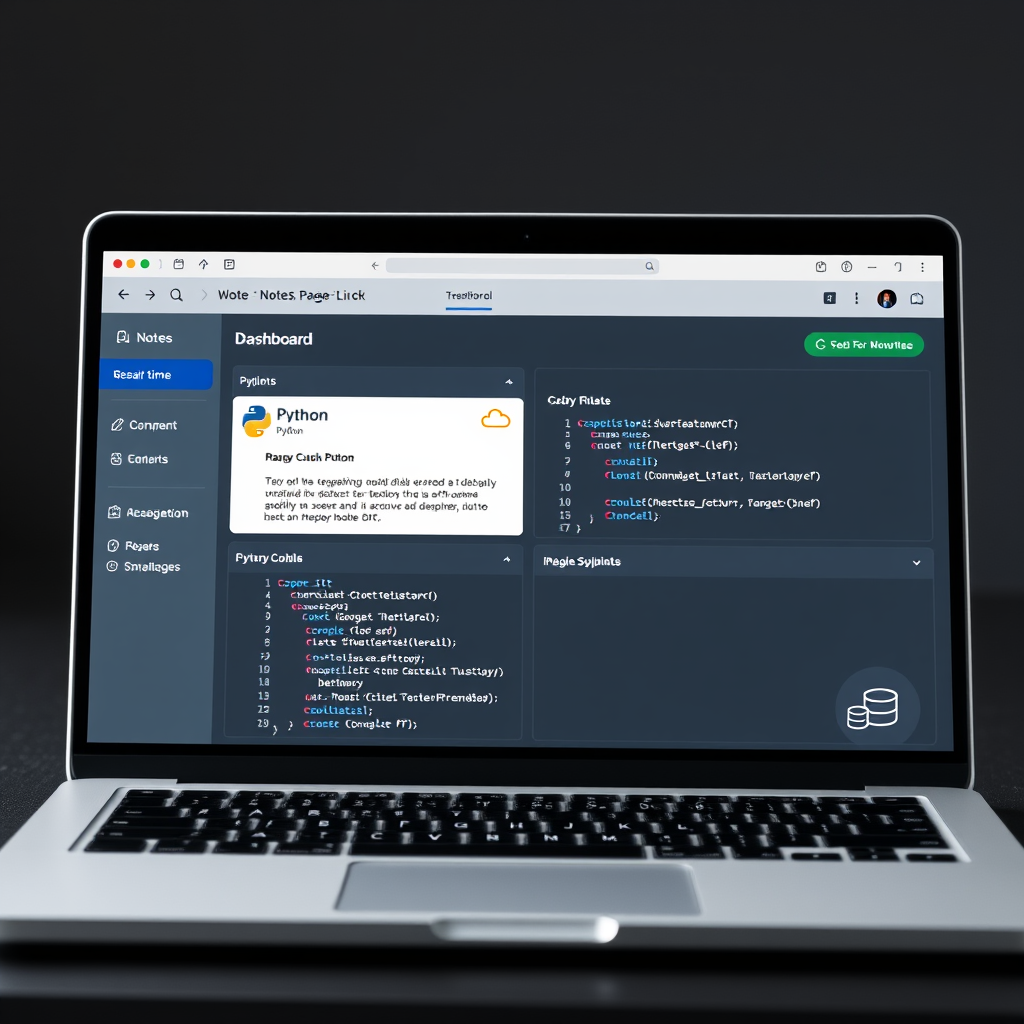
Introduction
Artificial intelligence has moved beyond the realm of research labs and into the day‑to‑day operations of businesses that rely on large‑scale model training, inference, and data‑driven decision making. The computational demands of modern neural networks—especially transformer‑based architectures—have grown at a pace that outstrips the incremental upgrades offered by traditional, monolithic cloud providers. While Amazon Web Services, Google Cloud, and Microsoft Azure continue to dominate the headlines with their vast data‑center footprints and specialized AI hardware, a quieter revolution is underway. Decentralized compute marketplaces and edge‑centric platforms are emerging as viable alternatives that promise lower latency, cost efficiency, and a more democratic distribution of resources. By 2026, these marketplaces are expected to reshape how organizations source, allocate, and pay for AI compute, turning the once static cloud model into a dynamic, on‑demand ecosystem.
The shift is driven by several converging forces. First, the sheer scale of data required for next‑generation models forces companies to seek compute beyond their own data centers, yet the capital expenditure and operational overhead of scaling a private cluster remain prohibitive for many. Second, the rise of federated learning and privacy‑preserving techniques has made it desirable to keep data local while still leveraging shared compute resources. Third, advances in container orchestration, network virtualization, and secure multi‑party computation have lowered the barrier to entry for individuals and small firms to contribute spare GPU cycles to a global marketplace. Finally, the economic model of “compute as a service” has matured, with pricing mechanisms that reward efficient resource utilization and penalize idle capacity.
In this post we examine the five AI compute marketplaces that are poised to lead the industry in 2026. We will explore how each platform addresses the unique challenges of AI workloads, the innovations they bring to the table, and the practical implications for businesses looking to adopt or integrate these services.
Main Content
1. Golem Network – The Decentralized GPU Grid
Golem Network has long positioned itself as the pioneer of decentralized compute. Its architecture allows users to publish “tasks” that describe the computational work required, while other participants—known as “workers”—offer their idle GPU or CPU resources in exchange for GNT tokens. By 2026, Golem has expanded beyond simple rendering jobs to support full‑stack machine learning pipelines, including data preprocessing, model training, and inference. The platform’s smart‑contract‑driven marketplace ensures that payment is automatically released only when the task is verified as complete, eliminating the need for trust between parties.
What sets Golem apart is its emphasis on privacy and data sovereignty. Workers can choose to run tasks in a sandboxed environment that isolates the code and data from the host system, mitigating the risk of data leakage. For enterprises that need to keep proprietary data on premises, Golem offers a hybrid model where the data remains local while the heavy lifting is offloaded to the network. The economic model also encourages efficient use of resources: workers who consistently deliver high‑quality results earn reputation points that translate into higher earnings per task.
A real‑world example of Golem’s impact is a mid‑size fintech firm that needed to retrain a fraud‑detection model on a dataset that could not leave its secure data center. By packaging the training job as a Golem task and restricting the data to a private enclave, the firm was able to reduce training time from weeks to days while paying a fraction of the cost of a dedicated GPU cluster.
2. Render Network – Edge‑Focused AI Compute
Render Network takes a different approach by focusing on the edge. Its marketplace connects developers with a distributed network of edge devices—smartphones, IoT hubs, and low‑power servers—that can perform inference tasks in real time. The platform’s lightweight runtime, built on WebAssembly, allows models to be deployed directly onto devices without the overhead of a full container stack.
For industries such as autonomous vehicles, augmented reality, and industrial automation, the ability to run inference locally is critical. Render Network’s marketplace provides a pay‑per‑use model where developers pay only for the compute cycles consumed by their models. The platform also offers a “model marketplace” where developers can publish pre‑trained models that others can license and deploy on the edge.
One notable deployment involved a smart‑city traffic management system that needed to process video streams from hundreds of cameras in real time. By leveraging Render Network’s edge compute, the system was able to perform object detection and anomaly detection locally, reducing bandwidth usage by 70% and cutting latency to under 50 milliseconds—an essential requirement for real‑time traffic signal optimization.
3. Anyscale – Unified Multi‑Cloud AI
Anyscale’s platform builds on the Ray framework to provide a unified programming model that abstracts away the underlying infrastructure. By 2026, Anyscale has extended its marketplace to include not only public cloud providers but also private clusters, on‑premise GPUs, and even the aforementioned decentralized networks like Golem. Users write their code once, and Anyscale’s scheduler automatically distributes the workload across the most cost‑effective resources.
The key innovation here is the “resource‑aware” scheduling algorithm, which takes into account factors such as network latency, data locality, and current load to optimize performance. For example, a company running a large language model for customer support can have its inference requests routed to the nearest edge node via Render Network, while heavy training jobs are dispatched to the most powerful GPU clusters available across AWS, Azure, or Golem.
Anyscale’s marketplace also includes a marketplace for “resource bundles” where users can purchase pre‑configured clusters tailored to specific workloads—such as a 64‑GPU cluster for transformer training or a 32‑CPU cluster for data preprocessing. This eliminates the need for manual provisioning and reduces the time to deployment from days to hours.
4. Cloudflare AI Marketplace – The CDN Meets AI
Cloudflare, traditionally known for its content delivery network, has leveraged its global edge infrastructure to launch an AI compute marketplace. The platform allows developers to deploy AI models as serverless functions that run on Cloudflare Workers, benefiting from the company’s low‑latency network and built‑in DDoS protection.
What makes Cloudflare’s offering unique is its integration with the Workers KV key‑value store, which enables stateful AI applications to persist data across requests without the need for external databases. For instance, a chatbot that requires session context can store conversation history in KV, ensuring consistent responses even under high load.
Moreover, Cloudflare’s marketplace includes a “model hub” where developers can share and license models. The platform’s pricing model is consumption‑based, charging per 1,000 requests and per compute second, which aligns cost with actual usage. A startup that built a real‑time translation service was able to scale from a handful of users to millions without a corresponding spike in infrastructure costs, thanks to Cloudflare’s efficient edge execution.
5. EdgeAI Hub – The Hybrid Marketplace
EdgeAI Hub is a newer entrant that combines the best of the previous platforms into a hybrid marketplace. It offers a unified API that allows developers to specify the desired trade‑off between latency, cost, and data privacy. The platform then orchestrates the job across a mix of edge devices, decentralized nodes, and public cloud resources.
EdgeAI Hub’s distinguishing feature is its “policy engine,” which lets organizations define rules such as “do not send data from Region X to external servers” or “prioritize low‑cost compute when idle.” The engine automatically enforces these policies, ensuring compliance with data protection regulations like GDPR and CCPA.
A notable use case involved a healthcare provider that needed to run diagnostic image analysis on patient scans. By configuring EdgeAI Hub to keep all data within the hospital’s private network and only offload the compute to local edge nodes, the provider met regulatory requirements while achieving a 30% reduction in processing time compared to a traditional cloud‑based approach.
Conclusion
The AI compute marketplace landscape in 2026 is no longer dominated by a handful of monolithic cloud providers. Decentralized networks, edge‑centric platforms, and unified orchestration services are converging to create a more flexible, cost‑effective, and privacy‑aware ecosystem. Businesses that embrace these marketplaces can unlock significant operational efficiencies, reduce time‑to‑market for AI products, and gain a competitive edge in a data‑driven economy.
While the technology is still maturing, the early adopters are already reaping the benefits. From fintech firms that retrain models on private data to smart‑city operators that process video streams in real time, the use cases are diverse and compelling. The key to success lies in selecting the right mix of platforms that align with an organization’s performance, cost, and compliance objectives.
Call to Action
If your organization is looking to modernize its AI infrastructure, now is the time to explore these emerging compute marketplaces. Start by assessing your current workload profile—identify which tasks are latency‑sensitive, which require large GPU clusters, and which can be safely distributed to edge devices. Reach out to the vendors, request pilot projects, and evaluate the cost‑benefit of each platform in a controlled environment. By integrating a hybrid compute strategy, you can future‑proof your AI initiatives, keep pace with the rapid evolution of model complexity, and ultimately deliver smarter, faster, and more secure solutions to your customers.


